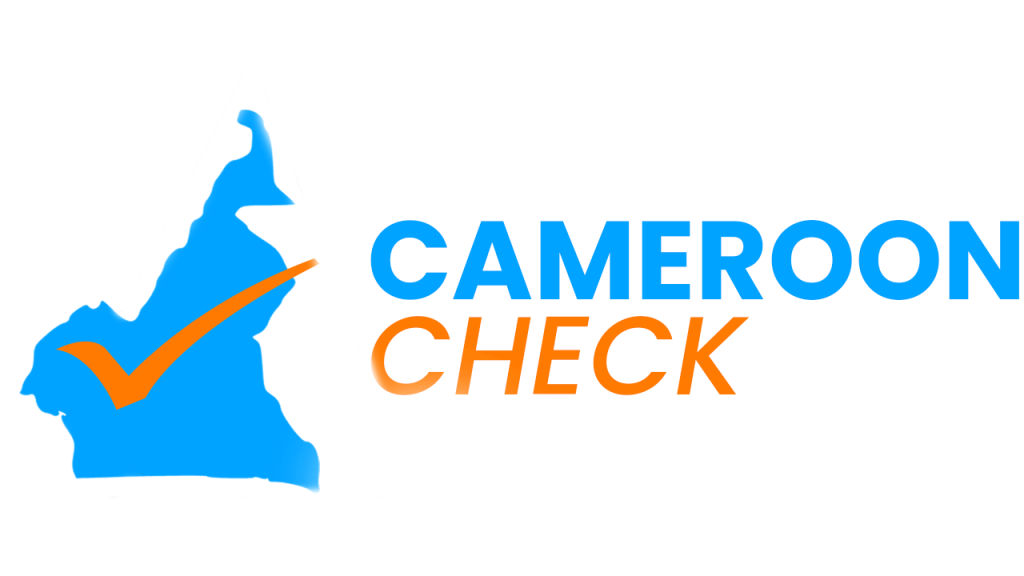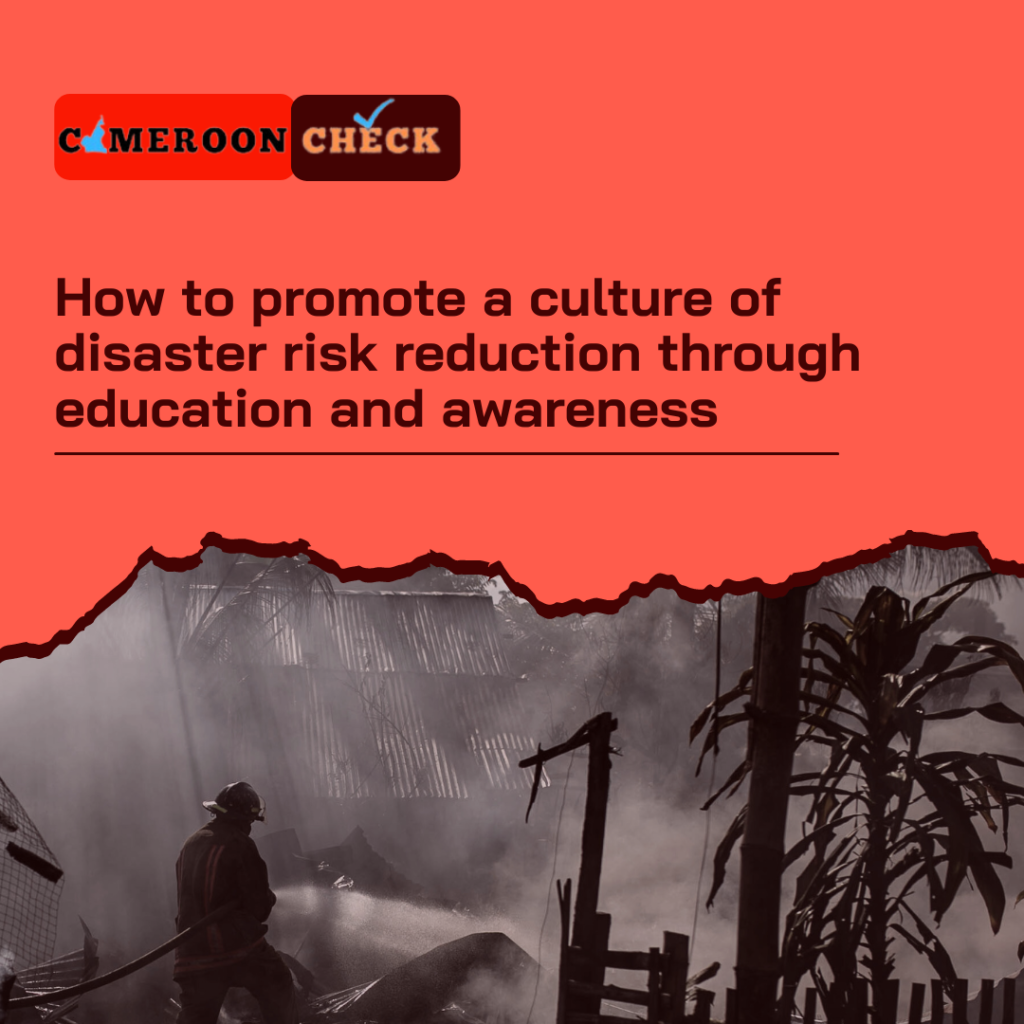Disasters are not inevitable. They are the result of the interaction between natural hazards and human vulnerability. Therefore, reducing the risk of disasters requires not only technical and structural measures, but also social and cultural changes. Education and awareness are key elements for fostering a culture of disaster risk reduction (DRR), which is defined as “the way of living and working that is aware of hazards, adjusts to vulnerabilities, prevents or reduces risks, and responds effectively when disasters occur”.
The benefits of DRR education and awareness
DRR education and awareness can have multiple benefits for individuals, communities, and society as a whole. Some of these benefits are:
Enhancing knowledge and skills
To prevent or mitigate the effects of disasters, people need to understand their causes and consequences. DRR education and awareness can provide this understanding. For example, by learning about the signs of an impending earthquake or tsunami, people can evacuate to safer places in time. By learning about the principles of safe construction, people can build more resilient houses and schools. By learning about the importance of environmental protection, people can reduce the impact of climate change on disaster risks.
Empowering participation and action
DRR education and awareness can also motivate people to take part in DRR activities at different levels, from individual to collective. For example, participating in drills and simulations can help people practice their preparedness and response skills. Participating in risk assessments and mapping can help people identify their vulnerabilities and capacities. Participating in advocacy and policy-making can help people influence the decisions that affect their safety and well-being.
Building resilience and solidarity
A sense of resilience and solidarity among people who face similar risks and challenges can also be fostered by DRR education and awareness. For example, by sharing experiences and lessons learned, people can cope with the trauma and loss caused by disasters. By sharing resources and information, people can access the support and services they need. By sharing values and norms, people can create a culture that values safety, prevention, and cooperation.
The challenges of DRR education and awareness
Despite the potential benefits of DRR education and awareness, there are also some challenges that need to be addressed. Some of these challenges are:
Lack of resources and capacities
DRR education and awareness often require adequate resources and capacities to be implemented effectively. For example, developing curricula and materials, training teachers and educators, organizing campaigns and events, and monitoring and evaluating outcomes, all require financial, human, technical, and logistical support. However, many countries and communities lack these resources and capacities, especially in low- and middle-income contexts where disaster risks are often higher.
Lack of coordination and integration
DRR education and awareness also require coordination and integration among different stakeholders and sectors. For example, involving ministries of education, disaster management, environment, health, etc., as well as civil society organizations, media outlets, private sector actors, etc., can help ensure coherence, consistency, relevance, and sustainability of DRR education and awareness initiatives. However, many countries and communities lack these coordination and integration mechanisms, especially in complex and fragmented contexts where disaster risks are often multifaceted.
Lack of evidence and innovation
Evidence and innovation are needed to improve DRR education and awareness continuously. For instance, data, feedback, research, analysis, good practices, lessons learned, new approaches, etc., can help evaluate, address, and discover DRR education and awareness issues. However, many countries and communities lack these processes, especially where disaster risks change often.
The strategies for DRR education
To overcome these challenges and maximize the benefits of DRR education and awareness, some possible strategies are:
Mobilizing resources and capacities
DRR education and awareness can leverage existing resources and capacities, as well as mobilize new ones, to support their implementation. For example, using local knowledge and materials, engaging volunteers and champions, seeking partnerships and collaborations, applying for grants and funds, etc., can help enhance the availability and accessibility of resources and capacities for DRR education and awareness.
Strengthening coordination and integration
Disaster risk reduction education and awareness can also foster coordination and integration among different stakeholders and sectors, to ensure their alignment and complementarity. For example, establishing networks and platforms, developing policies and frameworks, harmonizing standards and indicators, aligning objectives and activities, etc., can help enhance the coherence, consistency, relevance, and sustainability of DRR education and awareness.
Promoting evidence and innovation
DRR education and awareness can also generate evidence and innovation to inform their improvement and adaptation. For example, using participatory and inclusive methods, applying mixed and flexible approaches, embracing diversity and creativity, learning from failures and successes, etc., can help enhance the impact, identify the gaps, and explore the opportunities for DRR education and awareness.
Conclusion
DRR education and awareness can foster a culture of disaster risk reduction, which can save lives, reduce losses, and build resilience. However, they also face some challenges that need solutions. By using resources and capacities, improving coordination and integration, and supporting evidence and innovation, DRR education and awareness can solve these challenges and increase their benefits.
Previous fact checks
Social Media and Youth Mental Health (MeetUP)
Hoax ‘documentary’ about human flesh-eating
Fact check: Coup in Niger sparks fake news
Eric Tataw’s Recent Arrest is Not Connected to His Separatist Links
The Role of Clickbait and Sensationalism in Creating Disinformation and its Impact on Society
The Article “Welcome to Yaounde” by TGP Newspaper is Misleading

